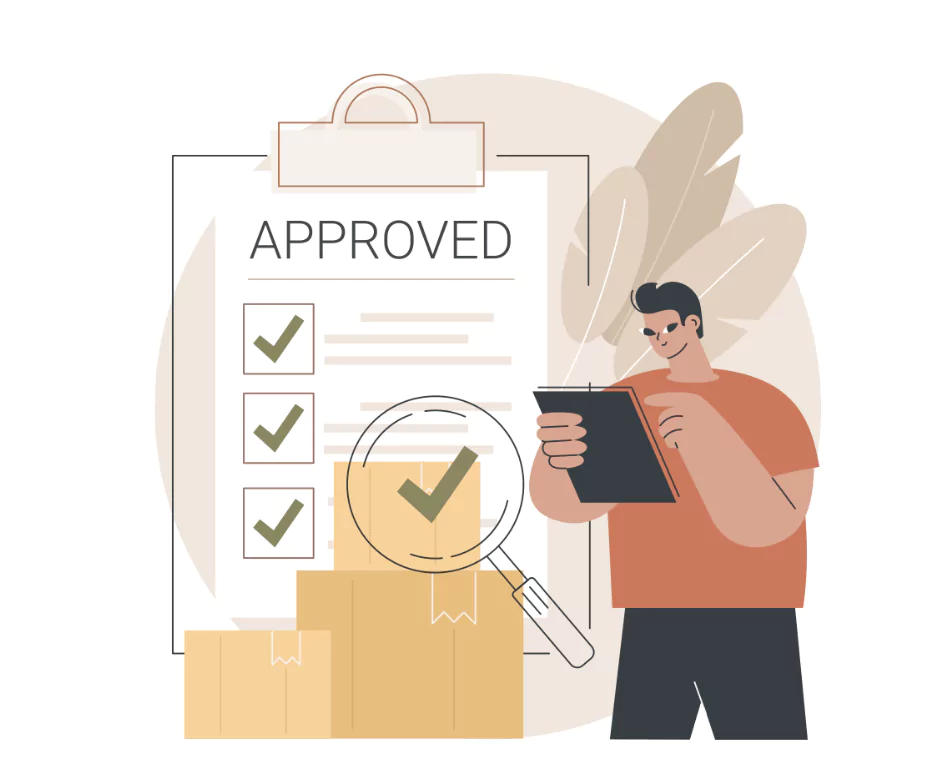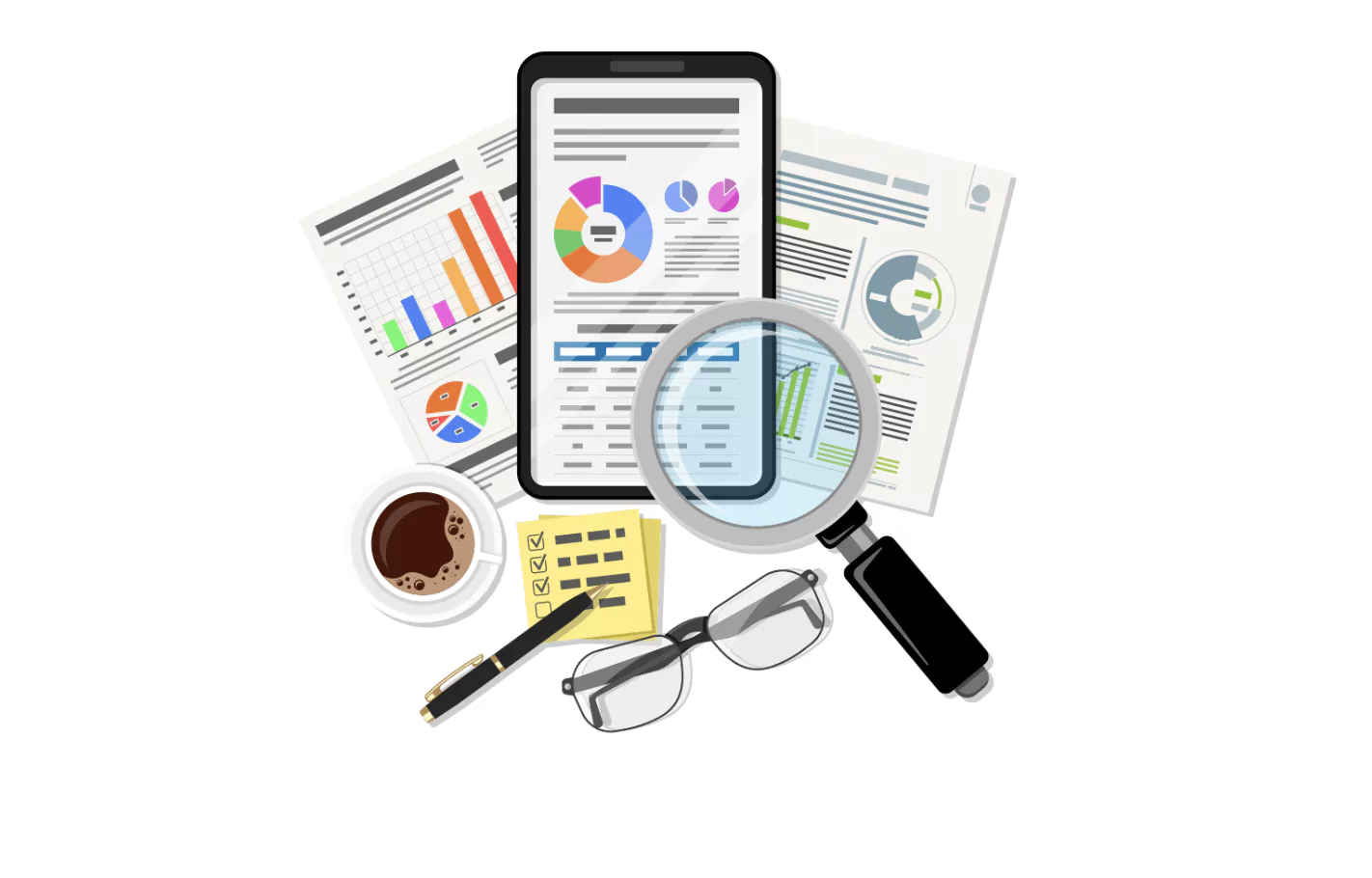Product excellence is something every business aims for since the first day they put their foot in business. If we are talking about today’s modern and competitive tech landscape, companies can no longer afford to build products that just “work.” To stand out and succeed, they must achieve Product Excellence. But what exactly does that mean?
Product excellence only becomes possible when the business and its professionals know what its users want and how they are going to deliver it in the most valuable and effective manner. In this blog, we will unpack the full scope of product excellence, from its definition, why it matters, and major pillars, to how you can foster it within your team or organization.
What is Product Excellence?
Product Excellence is the strategic approach to building products that not only meet market demands but also deliver meaningful value, high usability, and consistent performance. It goes beyond basic functionality, focusing on delivering exceptional user experiences that align with business goals and adapt to evolving customer needs.

The complete product excellences become possible when you know exactly what your target audience wants and understand how they are going to make use of it. If we try to put that simply, product excellence is about building the right product and building the complete architecture and functionality in the right manner.
Read More: What is Product Market Fit? | Definition and Examples
Product Excellence: Key Takeaways
- Product excellence is achieving the complete desired product for your users based on their needs and usability.
- When an organisation knows how to achieve product excellence they grow at a faster pace than the normal.
- Unlike agile methodologies, Product excellence delivers the best solution right away.
Why Product Excellence Matters?
In an era completely influenced by user’s expectations, technological disruption, and agile development, product excellence is not just a nice alternative but also offers a competitive advantage. The reasons are stated below:
1. Customer Satisfaction and Loyalty
Most of the users today expect more than functionality in a product. They crave interactive interfaces, seamless workflows, and meaningful outcomes. Product Excellence ensures that customer expectations are not only met but exceeded.
2. Faster Iteration and Innovation
Achieving excellence in product strategy leads to tighter feedback loops, efficient iteration, and more informed decision-making leading to the faster growth of the organisation.
3. Business Alignment
Products that perform well are not just user-friendly but they are also strategically aligned with business objectives such as revenue growth, customer retention, and market differentiation.
4. Long-Term Scalability
Product Excellence encourages clean architecture, maintainable code, and scalable design, which are essential for long-term success of an organisation.
Three Important Pillars of Product Excellence

To achieve Product Excellence, teams typically focus on three fundamental pillars that function in harmony to ensure consistent delivery of user value, business alignment, and team efficiency.
1. Deep Customer Understanding
This pillar is about cultivating a relentless focus on your users. It requires a complete understanding of user needs, behaviors, pain points, and expectations. Products built on assumptions often miss the mark. Deep customer understanding ensures that you are solving real problems and not just imagined ones.
Strategies to implement this approach
- Start by running structured user interviews and ethnographic studies.
- Make use of advanced analytics tools for usage insights available in the market for free.
- You can leverage surveys and feedback loops to gather qualitative data and leads.
- Make sure you continuously update personas and journey maps based on findings
Read More: What is Product Differentiation? | Definition and Examples
2. Clear Product Strategy
You can easily lose path if you are not clear about your organisation objective. Well, what is a product strategy where we invite skilled artists with a clear product strategy that aligns your product vision with business goals and also ensure that every feature and enhancement is completely based on what product needs.
Major Components
- A compelling product vision that inspires and directs the customers in interacting with the product/
- A well defined objective, Key Results (OKRs), orSMART goals with complete overview.
- A set of advanced tools to automate repetitive tasks and make processes more.
- You can use prioritisation frameworks like RICE, MoSCoW, or the Kano Model
3. Strong Execution and Delivery
The most important part in this journey from beginning to excellence is the execution. This pillar represents the actual implementation of whatever was planned from prototypes and wireframes.
The gap between strategy and reality can only be filled with well planned and optimised implementation. Even the best ideas fails when proper implementation and development is not achieved.
Methods for Excellence in Execution
- Agile Methodologies are included to promote iterative delivery.
- It offers Continuous Integration/Continuous Deployment (CI/CD) pipelines
- It also offers Cross-functional collaboration across product, design, engineering, QA, and marketing.
- Post-launch reviews and retrospectives to fuel continuous improvement
Together, these pillars form the backbone of Product Excellence, making sure to reserve a seat for both immediate value and long-term success.
How to Build Product Excellence: A Step-by-Step Approach

Achieving product excellence is a continuous journey, not a one-time goal. Here is a simplified step-by-step process:
Step 1: Define Product Vision and Objectives
You can start your product excellence journey by interacting with your target customers which is simply by asking them “What problem are we solving? Who are we solving it for?”
Step 2: Understand your Users
When you use a proper user centered approach filled with qualitative and quantitative research to develop user personas and journey maps then the product excellence journey will become one step closer to best market fit and users first choice.
Step 3: Set Measurable Goals
Choose KPIs and metrics that can help you record the progress along with the goals for a specific period of time. Make sure you analyse the possibilities and set practically possible values easily.
Step 4: Iterate Based on Feedback
Make sure you keep on receiving the feedback from the interview recievely took place.
Step 5: Foster a Culture of Excellence
Make sure you encourage curiosity, ownership, and a growth mindset within product teams to promote faster and quality development.
Product Excellence Vs Product Management: Complete Insights
While the terms are often used interchangeably, they serve different but complementary purposes in the product life cycle.
What is Product Management?
Product Management is the discipline focused on planning, developing, and delivering a product. It involves defining the roadmap, gathering requirements, working with cross-functional teams, and ensuring timely execution.
What is Product Excellence?
Product Excellence builds upon the foundation laid by Product Management. It shifts the focus from just delivering features to delivering value, delight, and impact. It is about ensuring every aspect of the product contributes to a seamless, meaningful user experience.
Major Differences
Let us check some of the major differences of product excellence in the market below.
| Product Management Vs Product Excellence | |
|---|---|
| Product Management | Product Excellence |
| Product management includes planning, execution, and delivery | Product excellence includes a focus on customer centric approach taking out the things needed by the target users. |
| Product management pays focus on delivering the product in a working manner. | A complete focus is on taking product which users love to use |
| It focuses on delivery and deadlines. | It pays focus on NPS, retention, and satisfaction |
The Relationship
Think of product management as the engine and product excellence as the compass. You need both to move forward efficiently and in the right direction. Product management ensures delivery, while product excellence ensures that what you deliver matters deeply to users and stakeholders alike.
Examples of Product Excellence in the Real World

Some of the best examples of product excellence from the real world include:
1. Spotify
Spotfiy consists of interactive UI, personalized playlists, and data-driven experiences. Spotify constantly iterates based on user behavior. The kind of services and user experiences spotify provides makes it one of the best music platforms.
2. Notion
Notion is a tool that marries simplicity with powerful functionality. Notion’s modular structure adapts to varied user needs. Notion is used for a variety of works such as personal organisation, note taking, knowledge management, and task tracking.
3. Figma
Figma is a tool which focuses on real-time collaboration and usability. Figma affected the entire design tool market with excellence. Figma can be used to design interactive workflows, prototypes, and wireframes.
Challenges in Achieving Product Excellence
Even the best of the professionals face challenges but to overcome them they use smart strategies. These challenges often stem from the need to balance innovation, speed, user satisfaction, and internal alignment.
It is important to overcome these challenges that require strong leadership, clear communication, a user-first mindset, and a willingness to say “no” when needed. Here is a deeper look at the common obstacles and how to approach them:
1. Balancing Speed with Quality
In fast-paced environments, there is immense pressure to ship features quickly. However, rushing can compromise quality, usability, scalability, and code quality.
The solution to this can be implementing through test automation, CI/CD, and phased rollouts to maintain velocity without sacrificing quality.
2. Aligning Cross-Functional Teams
Product development involves multiple teams, including engineering, design, marketing, and sales, each with different priorities.
The solution to this can be adopting a continuous discovery mindset using customer feedback loops, analytics, and regular usability testing.
3. Avoiding Feature Bloat
Adding too many features can clutter the product and confuse users, weakening the overall experience. The solution to this can be prioritizing based on user value, not stakeholder requests. Use product analytics to measure feature adoption and sunset unused ones.
4. Resource and Time Constraints
Many product teams face limited resources, making it challenging to pursue excellence without burning out. The solution to this can be focusing on high-impact initiatives and maintaining realistic roadmaps that allow for iteration and improvement.
Also Read:
- What Is a Product Owner, and How Do I Become One
- What is Product Experience? | Product Management
- 12 Product Ideas Worth Considering for Your Business in 2025
- What Is a Product Backlog
Learn Product Management with PW Skills
Build job ready skills with PW Product Management Course engage in interactive classes loaded with the latest industry oriented curriculum. This course is suitable for beginners as well as professionals who want to make their career in product management.
Get hands-on experience with real world capstone projects, practice exercises, module level assignments, and more. Get an interview preparation assessment and build your job ready skills only at pwskills.com
Product Excellence in Market FAQs
Q1. What is Product Excellence?
Ans. Product Excellence is the strategic approach to building products that not only meet market demands but also deliver meaningful value, high usability, and consistent performance.
Q2. What is the main goal of Product Excellence?
Ans. The main goal of Product Excellence is to build products that are user-centric, valuable, and aligned with business goals.
Q3. Is product excellence only for SaaS companies?
Ans. No. While product excellence is very popular in SaaS, Product Excellence can be applied to any product-based organization.
Q4. How do you measure Product Excellence?
Ans. You can measure product excellence using KPIs, user engagement, retention rate, CSAT, and business ROI.


